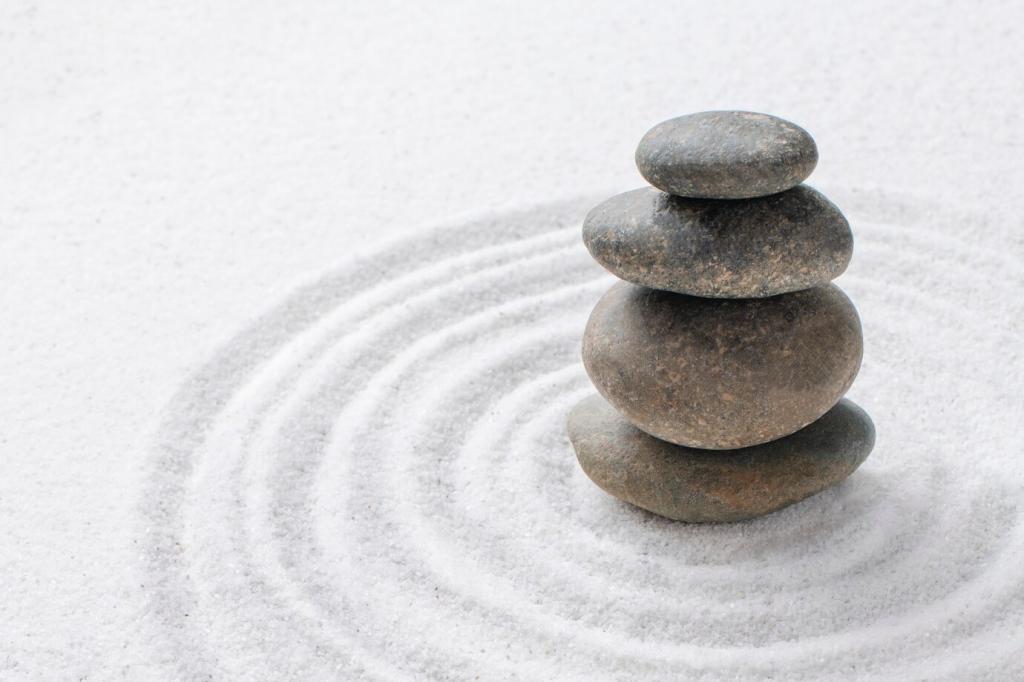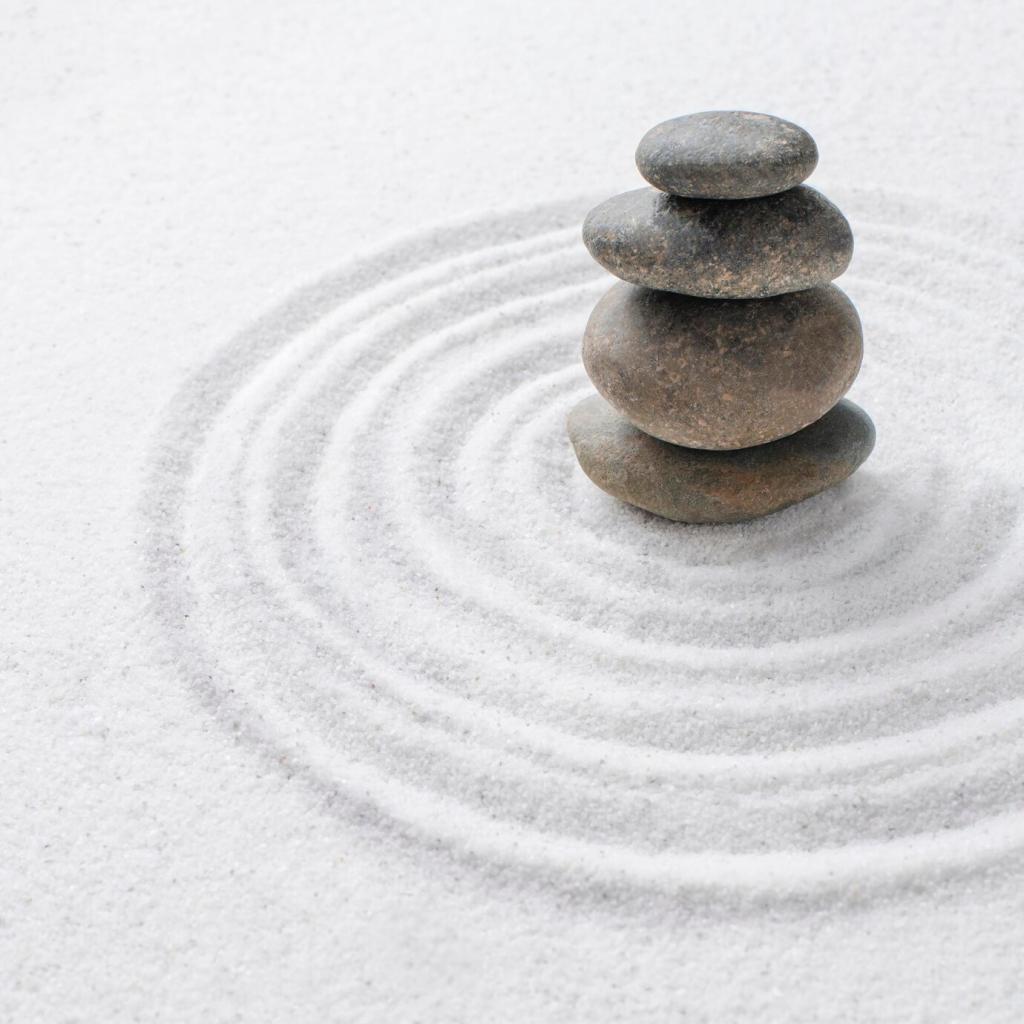
Creating Focal Points in Open Spaces
Selected theme: Creating Focal Points in Open Spaces. Turn expansive rooms into coherent, welcoming experiences by guiding the eye, shaping flow, and celebrating what matters most. Share your space challenges below and subscribe for fresh, practical ideas.
Why Focal Points Matter in Open-Plan Living
In large rooms without walls, the eye scans for order. A focal point delivers instant clarity, reducing decision fatigue and helping guests feel oriented within seconds, not minutes, after entering.
Why Focal Points Matter in Open-Plan Living
Without a focal point, every object shouts at once. One intentional anchor quiets the chorus, establishing hierarchy so supporting elements can harmonize, rather than compete, across the open layout.
Anchors That Hold: Fireplaces, Rugs, Islands, and Built-Ins
01
Center seating on a fireplace or media wall, then edit surrounding decor. Limit shelf styling to rhythmic repeats and negative space, allowing the architectural element to remain the undeniable hero.
02
Choose a rug large enough to tuck front legs of sofas and chairs. The generous footprint signals importance, gathers conversation, and unifies pieces into a single, recognizable destination.
03
A well-lit island with warmly toned stools can become a magnetic core. Keep counters clear, add a sculptural bowl or vase, and let function and beauty merge as the household’s daily landmark.


Light as a Magnet: Drawing the Eye with Illumination
In tall spaces, a chandelier or cluster pendant becomes an instant landmark. Pick fixtures that echo your room’s geometry and hang them to align with sightlines from primary entry points.
Light as a Magnet: Drawing the Eye with Illumination
Wall washers, picture lights, and hidden LED strips can spotlight art, stone textures, or shelving. Soft contrast guides attention, creating a gentle path from one focal moment to the next.
Color, Contrast, and Texture: Building Visual Hierarchy
Contrast with Intention, Not Volume
One high-contrast moment—like a deep charcoal fireplace against soft taupe walls—creates a memorable destination. Keep surrounding tones close in value so the focal feature confidently leads.
Texture as a Quiet Spotlight
A plaster hood, ribbed wood panel, or boucle chair can command attention more softly than bright color. Texture rewards second glances, turning your focal point into a tactile, lived-in story.
Accent Colors That Anchor, Then Reappear
Use an accent on the focal element, then echo it sparingly—perhaps in a vase, a book spine, or a throw. This repetition builds cohesion without diluting the focal point’s primacy.
Art and Objects with Meaning: Personal Focal Points
Open spaces swallow small art. Aim for one oversized piece or a tight grid that reads as one. Big gestures calm busy rooms and prevent visual nibbling across too many small items.
Sightlines from the Entry
Stand at your front door. What do you see first? Place your focal point along that axis, then edit distractions near thresholds so the journey begins confidently and continues with deliberate rhythm.
Layered Destinations, Not Competing Divas
In expansive rooms, create a sequence: dining table under a pendant, fireplace seating, then a reading nook. One clear star per zone, each visible but not battling for the same attention.
Furniture Orientation as Wayfinding
Angle a pair of chairs toward the primary anchor and away from circulation paths. People follow the invitation, reducing awkward detours and making your focal area feel purposeful and welcoming.
